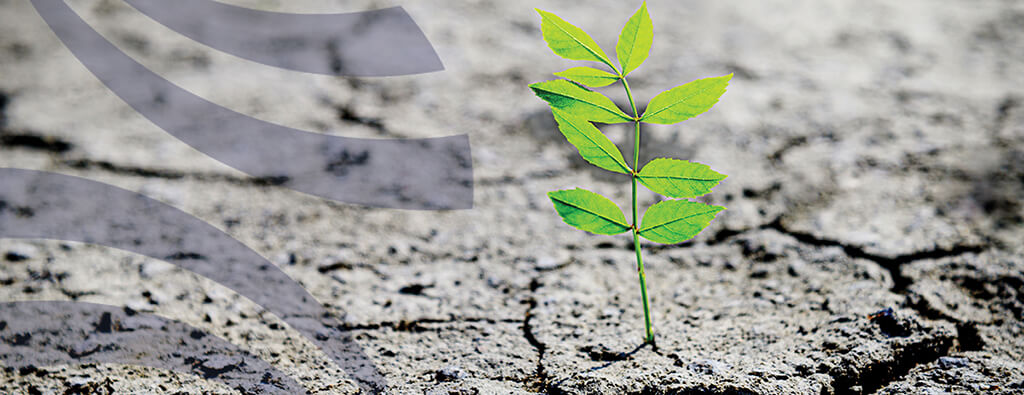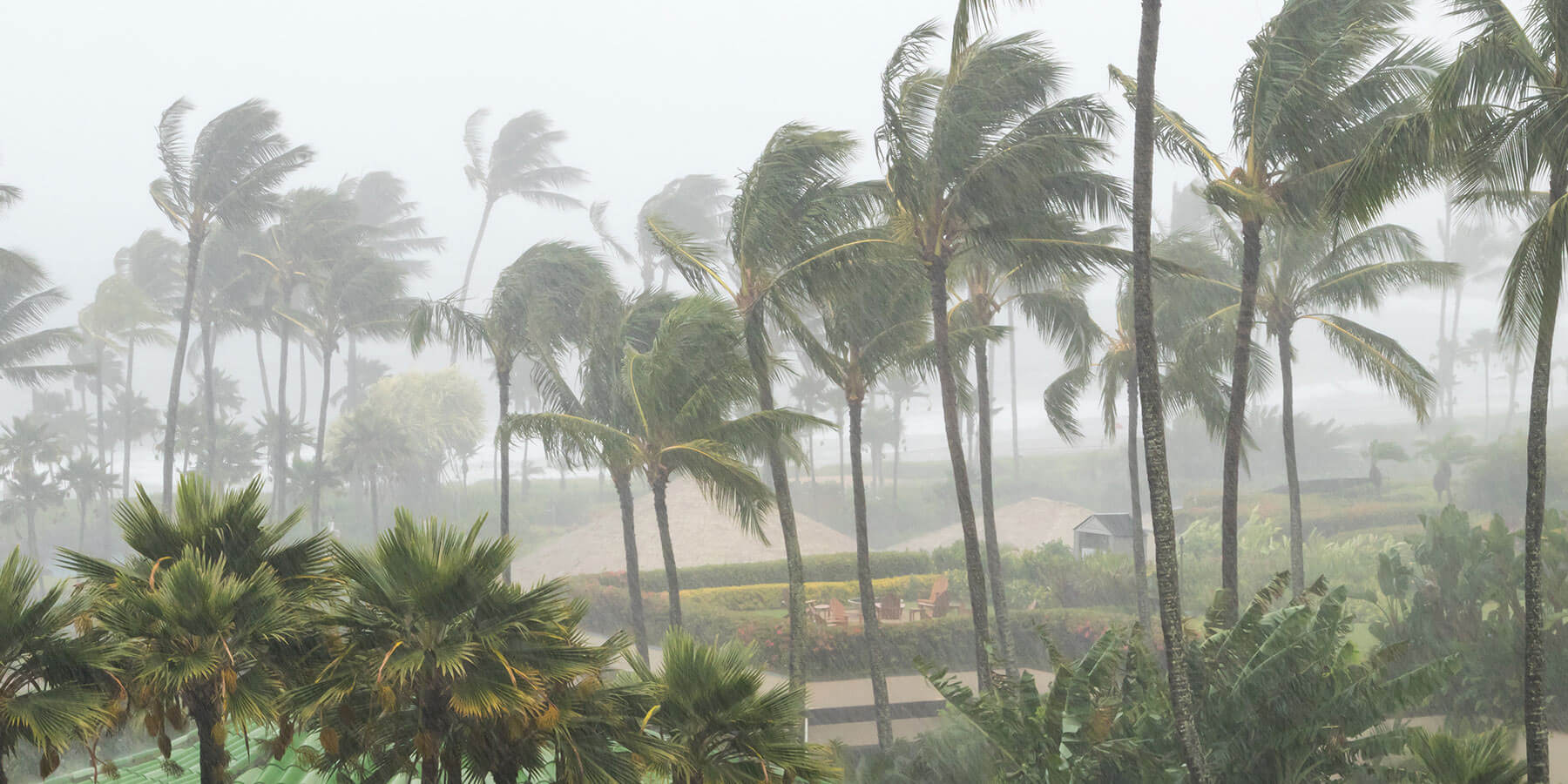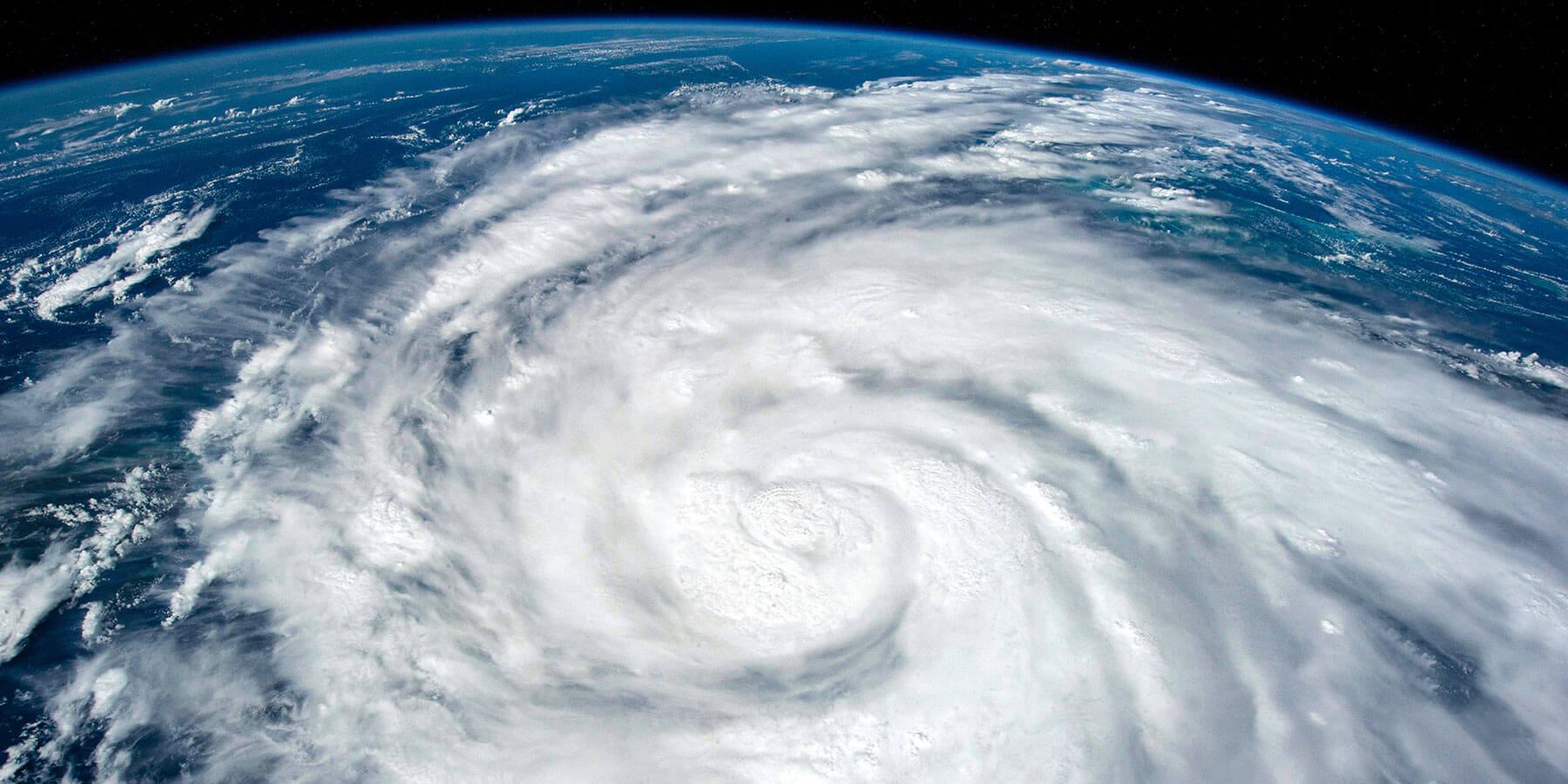As we continue with August, FEMA’s National Resilience Month reminds us of the critical importance of preparedness and resilience in the face of increasingly frequent and severe disasters. This annual initiative highlights the significant investments and policies that empower communities nationwide to build resilience, ensuring they are risk-ready, recover more effectively, and build back stronger after disasters strike. FEMA Administrator Deanne Criswell said, “Disasters can strike anytime, anywhere. Which means the time for communities to prepare is now.”
The Importance of Resilience
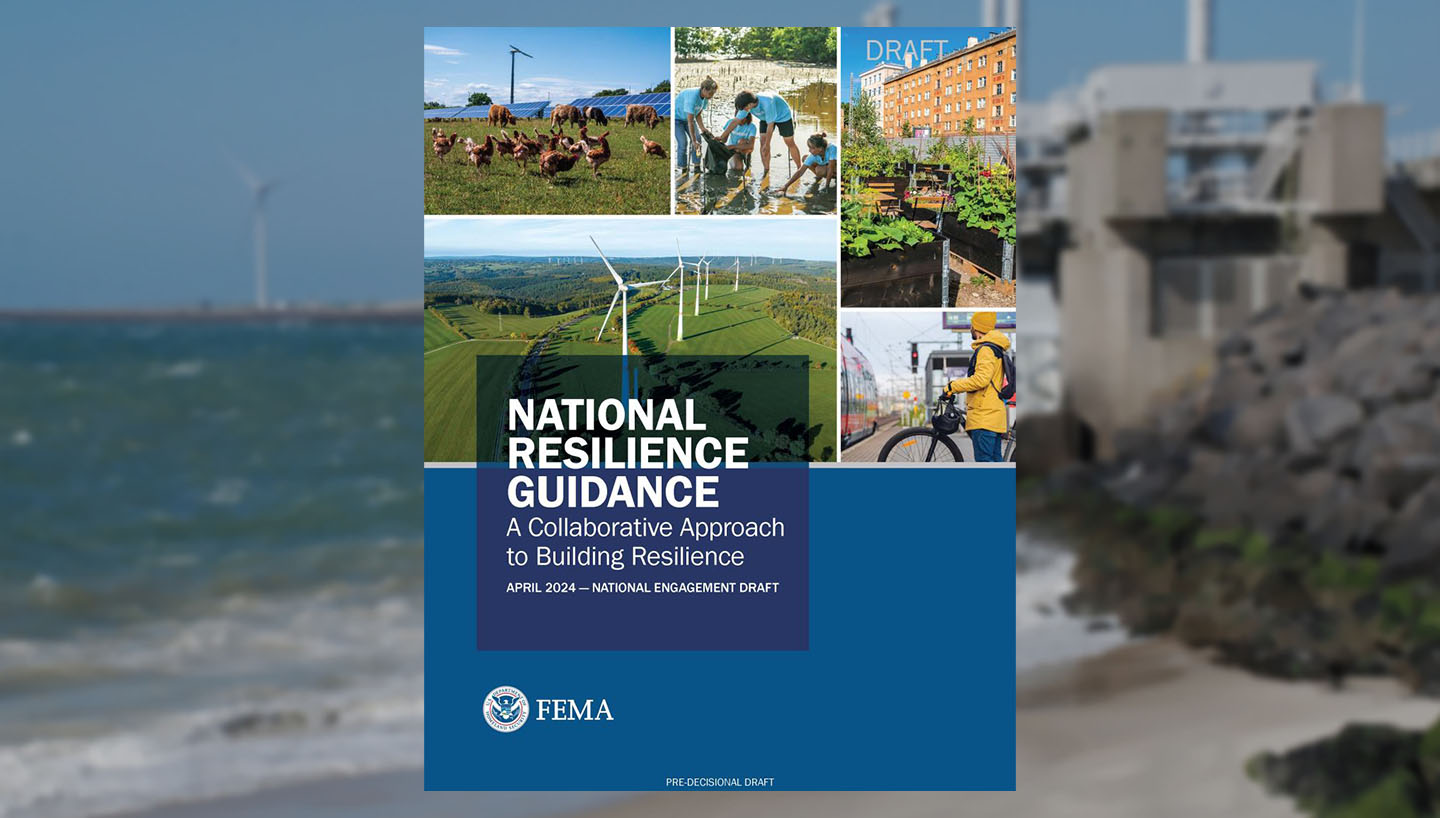
Resilience in disaster management is more than just a buzzword; it’s the ability to withstand and recover from adversity. As disasters become more unpredictable and intense, building resilience is no longer optional—it’s essential. Resilience involves preparing for the immediate impact of a disaster and ensuring that communities can recover quickly and emerge stronger. It’s about reducing risks, safeguarding lives and property, and sustaining communities’ progress.
FEMA’s “Year of Resilience” initiative, part of its broader commitment highlighted during National Resilience Month, is a comprehensive effort to support communities in enhancing their resilience. Through this initiative, FEMA is uplifting the stories of communities nationwide that are taking proactive steps to prepare for tomorrow today. From implementing advanced early warning systems to developing robust community engagement strategies, FEMA’s work ensures that communities are better equipped to handle the challenges of natural disasters.
Improving Resilience in Low-Income Communities
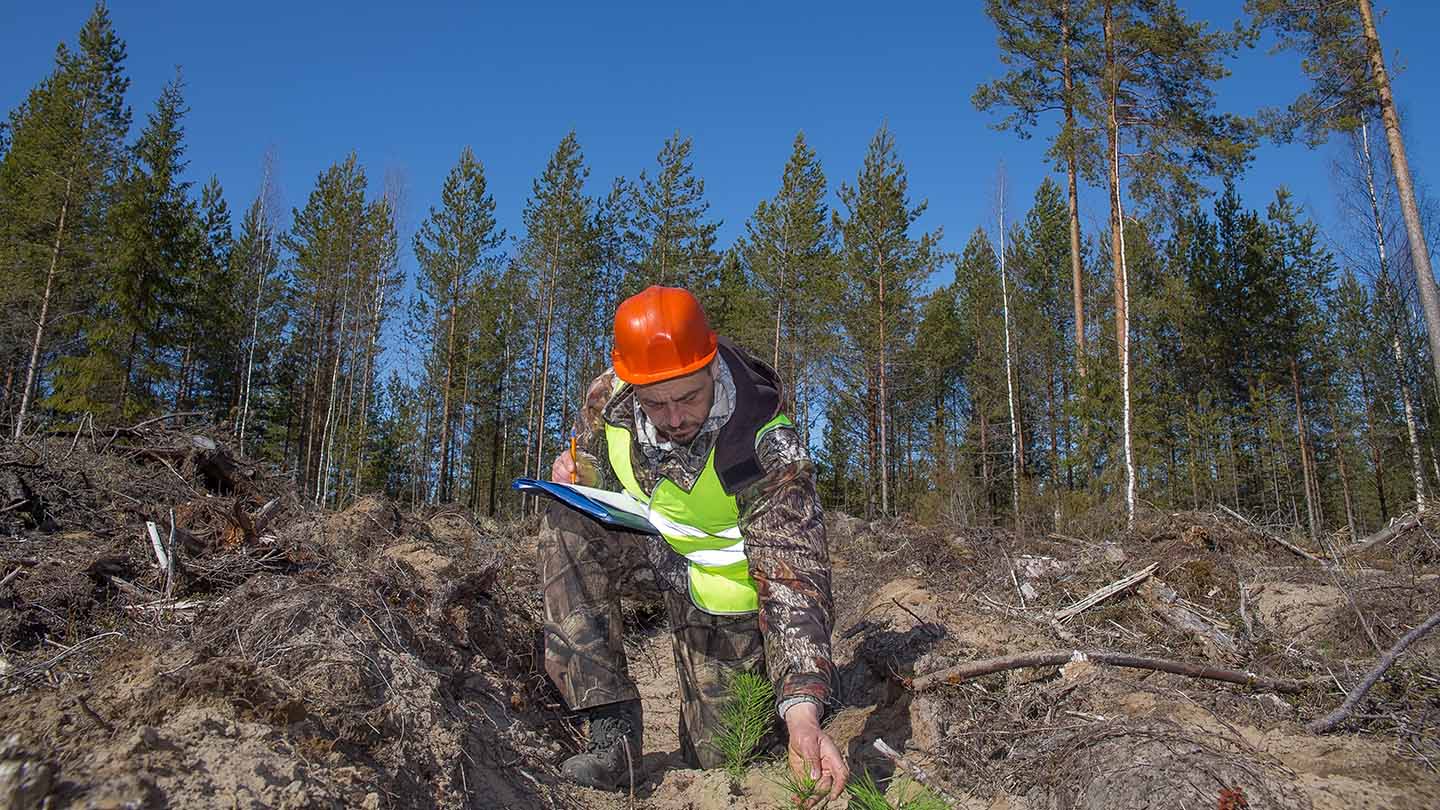
Building resilience is particularly crucial in low-income communities, which often face greater challenges in the aftermath of disasters due to limited resources and infrastructure. Enhancing resilience in these communities requires targeted strategies that address their unique vulnerabilities:
- Community engagement and education: Empowering residents with disaster preparedness and response knowledge is vital. This can be achieved through workshops, community meetings, and partnerships with local organizations that provide accessible information on emergency planning.
- Affordable housing and infrastructure: Investing in resilient infrastructure, such as elevating homes in flood-prone areas or retrofitting buildings to withstand earthquakes, can significantly reduce the impact of disasters. Programs that offer financial assistance or incentives for such improvements are critical in low-income areas.
- Access to emergency resources: It is critical to ensure that low-income communities can access essential resources, such as emergency shelters, food supplies, and medical care. Establishing community centers that can serve as disaster response and recovery hubs can make a significant difference.
- Strengthening social networks: Building strong community networks enhances collective resilience. Neighbors helping neighbors, local volunteer programs, and strong ties to local organizations can create a safety net that supports rapid recovery.
Nature Based Solutions for Resilience
Incorporating nature-based solutions into resilience strategies can offer cost-effective and sustainable ways to reduce disaster risks while enhancing the natural environment. These solutions are particularly beneficial for communities with limited resources:
- Urban green spaces: Creating and maintaining parks, green roofs, and community gardens can help manage stormwater, reduce urban heat islands, and improve air quality. These spaces also offer social and health benefits and provide refuge during extreme weather events.
- Restoration of wetlands and coastal ecosystems: Wetlands and mangroves act as natural buffers against floods and storm surges. Protecting and restoring these ecosystems can mitigate the impact of coastal and inland flooding, safeguarding natural habitats and human communities.
- Tree planting and reforestation: Trees provide shade, cool, and stabilize soil, reducing the risk of landslides and erosion. Community-led tree-planting initiatives can foster a sense of ownership and pride while contributing to long-term resilience.
- Sustainable agriculture: Encouraging sustainable farming practices, such as agroforestry or regenerative agriculture, can improve soil health, increase biodiversity, and enhance food security. These practices make communities more resilient to climate change and extreme weather events.
Tidal Basin’s Role in Building Resilience
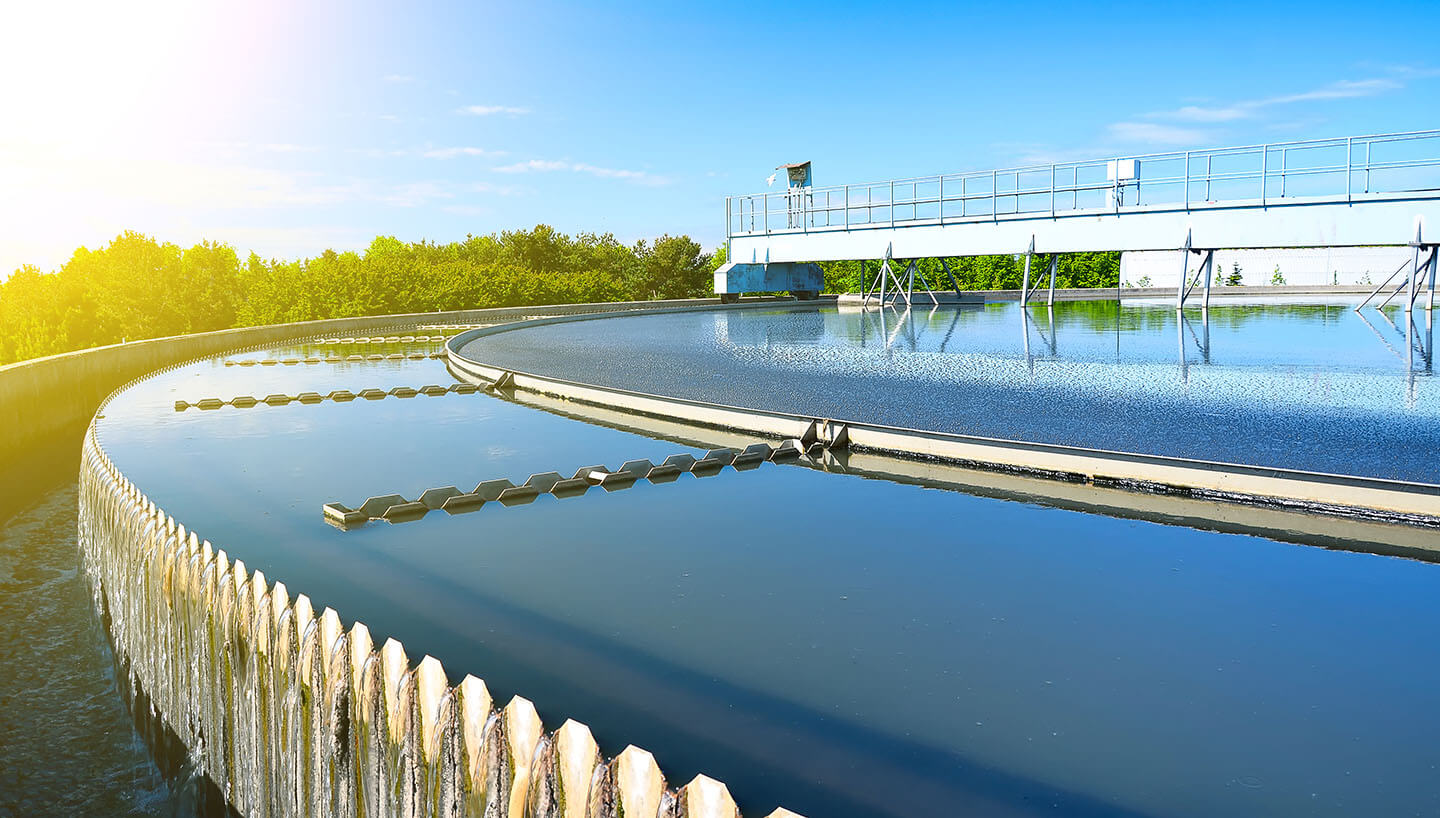
At Tidal Basin, our mission closely aligns with FEMA’s focus on resilience. We work alongside federal, state, local, tribal, and territorial partners to provide a holistic approach throughout the disaster lifecycle that enhances resilience – protecting lives, reducing economic losses, and preserving the fabric of our communities for the future.
Our recent projects have focused on helping communities develop tailored resilience strategies that address their unique risks. For instance, we’ve assisted coastal regions in designing flood mitigation projects and supported inland areas in strengthening their emergency response capabilities. Our work ensures that our partners are prepared and positioned to recover more swiftly and sustainably when disasters strike.
Call to Action – Building Resilience Together
As National Resilience Month progresses, we encourage all communities and organizations to take proactive steps toward resilience. Whether conducting a community risk assessment, developing an emergency preparedness plan, or investing in infrastructure improvements, every action counts. Resilience is a shared responsibility, and by working together, we can build a stronger, more prepared nation.
Tidal Basin is here to support your resilience journey. Our team of experts is ready to assist with planning, risk management, and recovery strategies that align with your community’s needs.
Together, we can ensure that when the next disaster strikes, your community is ready to face it head-on and emerge stronger than before.
Looking Forward
As we reflect on the importance of National Resilience Month, we must recognize that resilience is not a one-time effort but an ongoing commitment. The investments we make today in preparedness, nature-based solutions, and risk reduction will pay dividends in the future. By prioritizing resilience, we can safeguard our communities, protect our nation’s future, and ensure that America remains strong in the face of any challenge.
